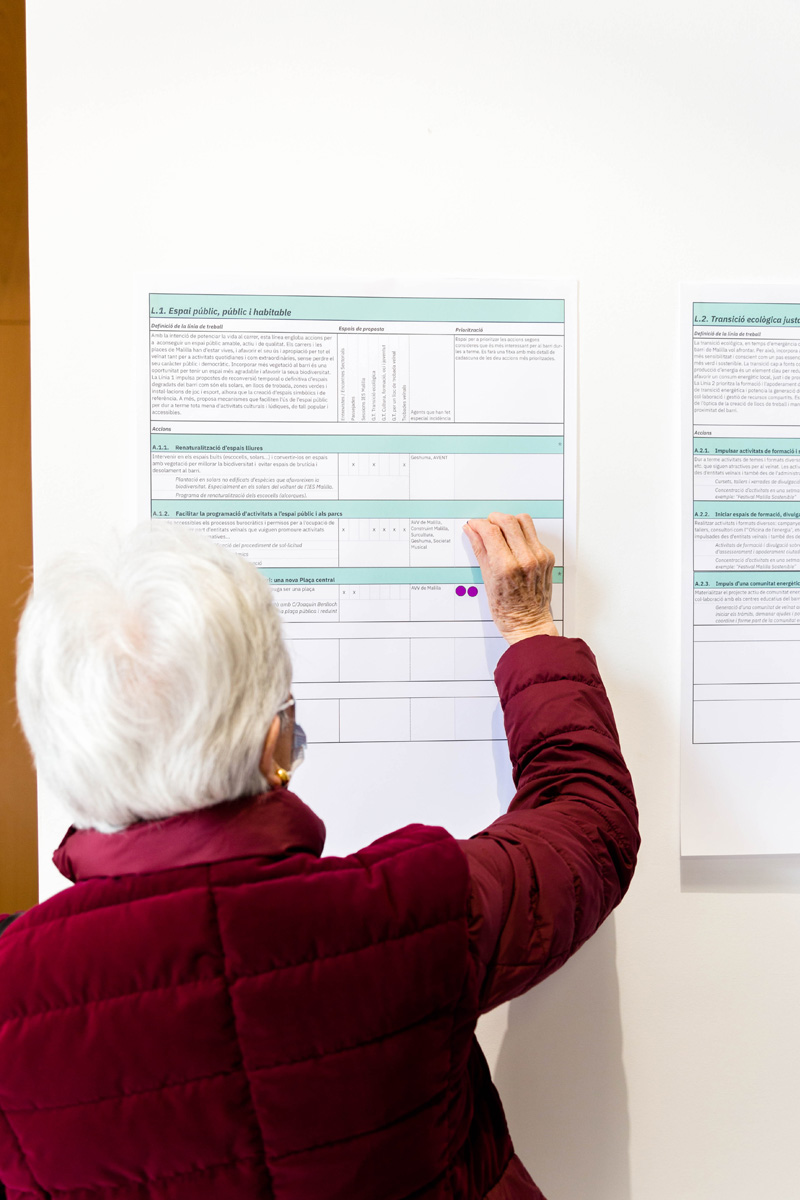Participatory budgeting is a democratic tool that engages communities in political decision-making. It allows citizens not only to vote for representatives but also to directly decide on spending priorities and monitor government management.
The primary goal of participatory budgeting is to empower communities through direct involvement in decision-making. It also seeks to support projects that promote environmental protection and gender equity while strengthening trust in governance through effective resource allocation.
